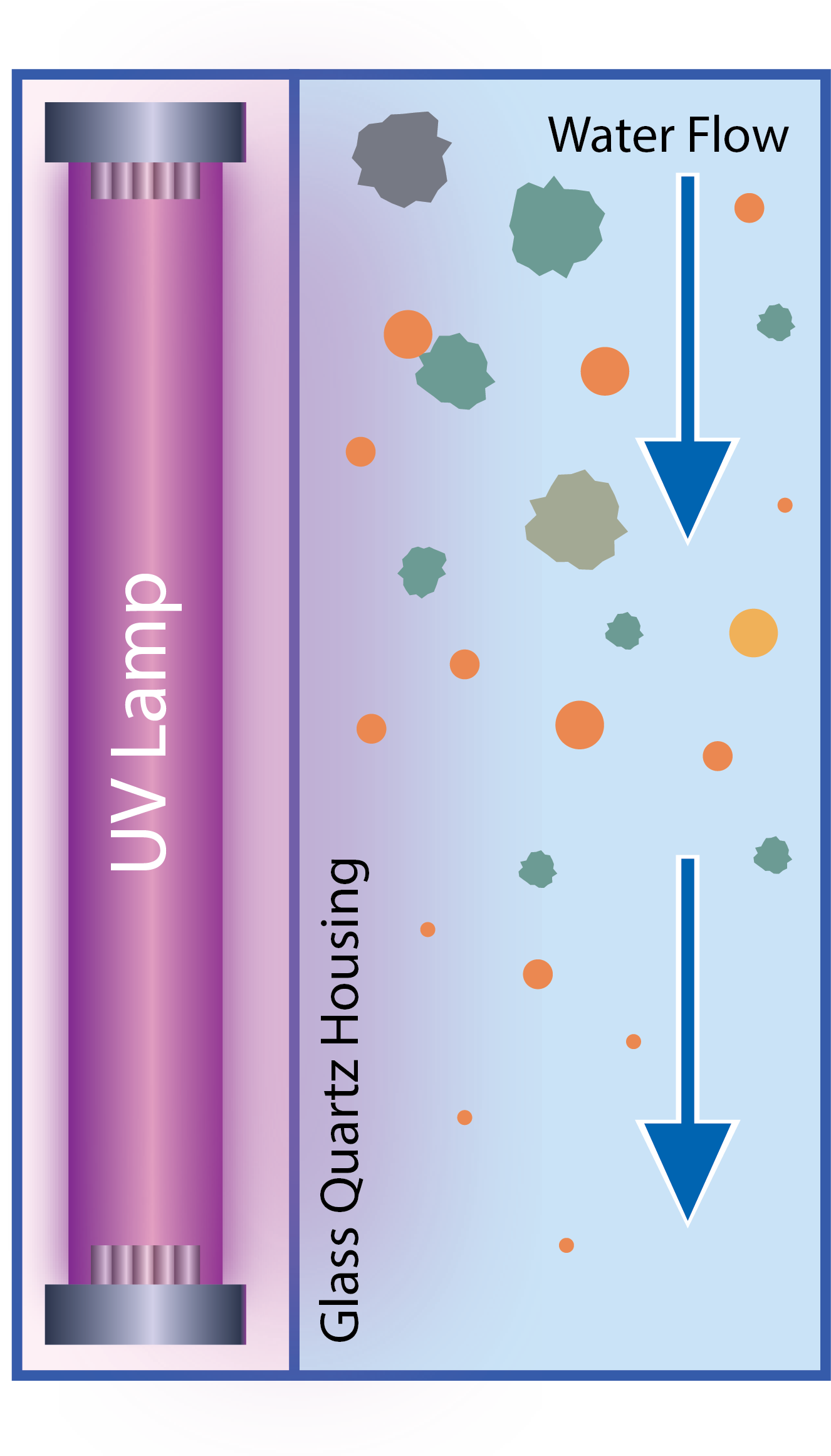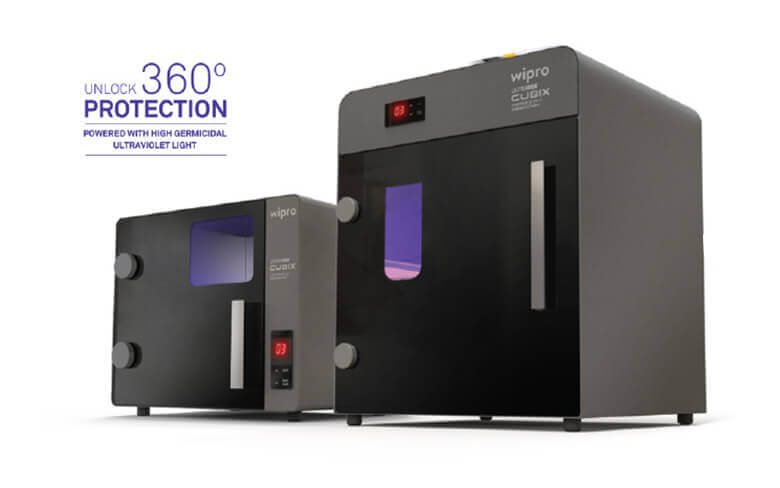The Single Strategy To Use For Uvc Light
The Single Strategy To Use For Uvc Light
Blog Article
Uvc Light Fundamentals Explained
Table of ContentsTop Guidelines Of Uvc LightUvc Light - The FactsNot known Incorrect Statements About Uvc Light Not known Details About Uvc Light Fascination About Uvc LightTop Guidelines Of Uvc Light
A new type of ultraviolet light that might be risk-free for people took much less than five mins to reduce the degree of indoor air-borne microbes by even more than 98%, a joint research study by scientists at Columbia University Vagelos College of Physicians and Surgeons and in the U.K. has found. Even as microbes proceeded to be splashed into the room, the degree stayed really low as long as the lights got on.But up until currently these research studies had actually only been performed in tiny experimental chambers, not in full-sized areas simulating real-world problems. In the current study, scientists at the College of St. Andrews, College of Dundee, College of Leeds, and Columbia University checked the effectiveness of far-UVC light in a big room-sized chamber with the exact same ventilation price as a common office or home (regarding three air changes per hour).
The efficiency of various approaches to minimizing indoor infection degrees is generally gauged in regards to equivalent air changes per hour. In this research study, far-UVC lights produced the equivalent of 184 equal air exchanges per hour. This exceeds any various other strategy to disinfecting occupied indoor spaces, where 5 to 20 comparable air modifications per hour is the most effective that can be attained practically.
Some Known Facts About Uvc Light.

The primary specifications of UV-C disinfection are wavelength, dosage, family member moisture, and temperature level. There is no agreement about their optimum values, yet, generally, light at a high dosage and a range of wavelengths consisting of 260 nm is preferred in an environment at space temperature level with reduced family member moisture. This light can be produced by mercury-vapour, light-emitting diode (LED), pulsed-xenon, or excimer lights.
UV-C sanitation systems have appealing features and the possible to boost in the future. UV-C disinfection should presently be taken into consideration for low-level instead than top-level sanitation.
One more application occurred in 1910 when UV light was made use of to decontaminate water. Nowadays, UV light is made use of for water, air, food, surface area, and clinical tools disinfection.
Uvc Light Things To Know Before You Buy
DNA, RNA, or proteins of a micro-organism take in UV light, with a peak absorbance around 260 nm [6] This results in the disturbance of DNA or RNA, bring about the inactivation of the micro-organism. UV-C-induced DNA disturbance often includes the bonding of two neighbouring thymine (or cytosine) bases rather than the conventional connecting of a base with its complementary base on the various other hair.

The UV-C zone is used for sanitation but there is no consensus on the exact ideal wavelength. Microbial DNA and RNA have peak absorbances of light at 260265 nm and around 260 nm, respectively [6] As a result light at 260 nm can trigger one of the most disturbance. Nevertheless, different micro-organisms are most susceptible to slightly various wavelengths.
Things about Uvc Light
It even has an added benefit by minimizing photoreactivation with a decrease of photolyase [9] On the various other hand, it has technological effects considering that the total energy of the beam is after that split over all present wavelengths. A micro-organism that is susceptible to 254 nm light will be more information inactivated much more by a light that emits solely light at 254 nm than a light that releases a wavelength range at equivalent complete power.
Direct exposure times of 1045 minutes for space disinfection and 25 s to 5 min for medical equipment were come across in literature.
Further, the result of a light decreases over time, so it is suggested to compute the dosage at the end of lamp life, which is rep of a worst-case situation. The dose also affects the amount of photoreactivation.
Zhang et al. observed an adjustment in UV irradiance of 34% when the RH increased from 50% to 90% [18] The amount of RH influence on UV performance depends on the here and now micro-organism and is much more evident for microorganisms than for infections [16] The impact of temperature depends on the light resource.
The Greatest Guide To Uvc Light


This is called much UV-C modern technology and is a relatively brand-new sanitation approach with restricted expertise regarding its Full Report effectiveness. This makes it riskier to completely rely upon this modern technology for sanitation in the healthcare facility and it is therefore not widely utilized [21] Nevertheless, it additionally has benefits such as a lowered risk for usage near individuals because of a reduced infiltration depth right into the skin and eyes [ 26]
In research study, the results on pulsed versus continuous UV-C disinfection effectiveness vary. When comparing pulsed and constant light it is necessary to keep other variables such as wavelength and dosage consistent. Nyangaresi et al. and Sholtes et al. both discovered that pulsed or constant light emitted by LEDs resulted in comparable log10 reductions [15,28]
3 Simple Techniques For Uvc Light
In situation ozone is not needed for disinfection, a customized lamp can be used. For mercury-vapour lamps, drugged quartz glass or specialized soft glass can filter out short-wave UV-C light - uvc light.
Report this page